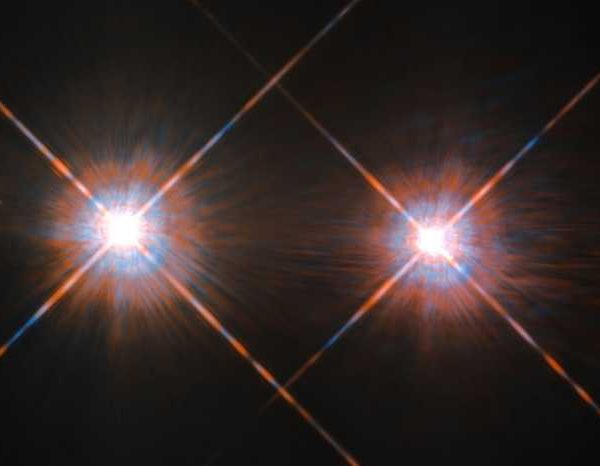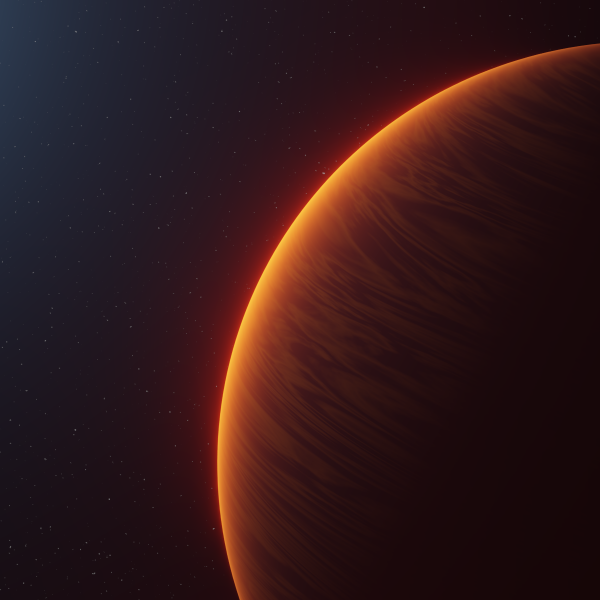News
PhD position in (exo)planetary atmospheres and planet formation
We invite applications for a 4-year PhD position in theoretical astrophysics and planetary science in the research groups of Prof. Christoph Mordasini and Prof. Ingo Leya at the University of Bern (Switzerland). The subject is to theoretically study the imprints of planet formation and evolution in planetary atmospheric spectra including recent modifications by stellar and […]
Continue ReadingExoplanets PhD position in Geneva for statistical analysis of transiting exoplanets
The exoplanet team of the University of Geneva has an opening for a PhD position to work on the statistical analysis of transiting exoplanet properties. The project is linked to the study of the properties of transiting exoplanets including the impact of observational biases, the correlation between exoplanets and host-stars properties, the comparison with synthetic […]
Continue ReadingA closer look at Jupiter’s origin story
Researchers of the University of Zurich (UZH) and the National Centre of Competence in Research (NCCR) PlanetS have investigated Jupiter’s formation history in great detail. Their results suggest that the giant planet migrated far from its origin and collected large amounts of material on its journey. One of the most important open questions in planetary […]
Continue ReadingImagining an Earthly neighbour
We do not yet know whether the Sun-like stars closest to us, the α Centauri A/B binary, harbour an Earth-like planet. However, thanks to new modelling work, we now have a good sense of what such a planet, should it exist, would look like and how it might have evolved. Text by Andreas Trabesinger These […]
Continue ReadingThe astronomer in your class room
“How many planets has she been to?”, the 8- and 9-year-old pupils asked their teacher. “Well, she’s a scientist, not an astronaut, and scientists generally stay on Earth,” the teacher replied. Despite the disappointment that I could not tell them about my adventures on other planets, the pupils of the Bernese primary school were very […]
Continue Reading“Luck is an important factor – that is difficult to digest.”
Martin Turbet was a member of the NCCR PlanetS for three years and received a Marie Curie fellowship from the EU during this time. Now he was selected for a permanent position as a CNRS research scientist working in Paris. Here, he talks about his multidisciplinary research, the role of luck in academia and gives […]
Continue ReadingHow Switzerland contributes to PLATO
ESA’s next-generation planet-hunting mission received the green light to continue with its development after the critical milestone review concluded successfully in January. Switzerland plays a key role in this special undertaking. How many rocky, Earth-like planets are there, out there vastness of the cosmos? How many orbit a star similar to our Sun? How many […]
Continue ReadingEditorial
As we seem to slowly emerge from all the restrictive measures associated with the COVID-19 pandemic, we rediscover not only our offices but also the coffee-breaks and the smiles on the faces of our colleagues. Everyone is eager to dive again at full speed together with her/his colleagues into a busy but exciting research life. […]
Continue ReadingExtreme exoplanet has a complex and exotic atmosphere
An international team including researchers from the University of Bern and the University of Geneva as well as the National Centre of Competence in Research (NCCR) PlanetS analyzed the atmosphere of one of the most extreme known planets in great detail. The results from this hot, Jupiter-like planet that was first characterized with the help […]
Continue ReadingCHEOPS reveals a rugby ball-shaped exoplanet
With the help of the CHEOPS space telescope, an international team including researchers from the Universities of Bern and Geneva as well as the National Centre of Competence in Research (NCCR) PlanetS, was able to detect the deformation of an exoplanet for the first time. Due to strong tidal forces, the appearance of the planet […]
Continue Reading








